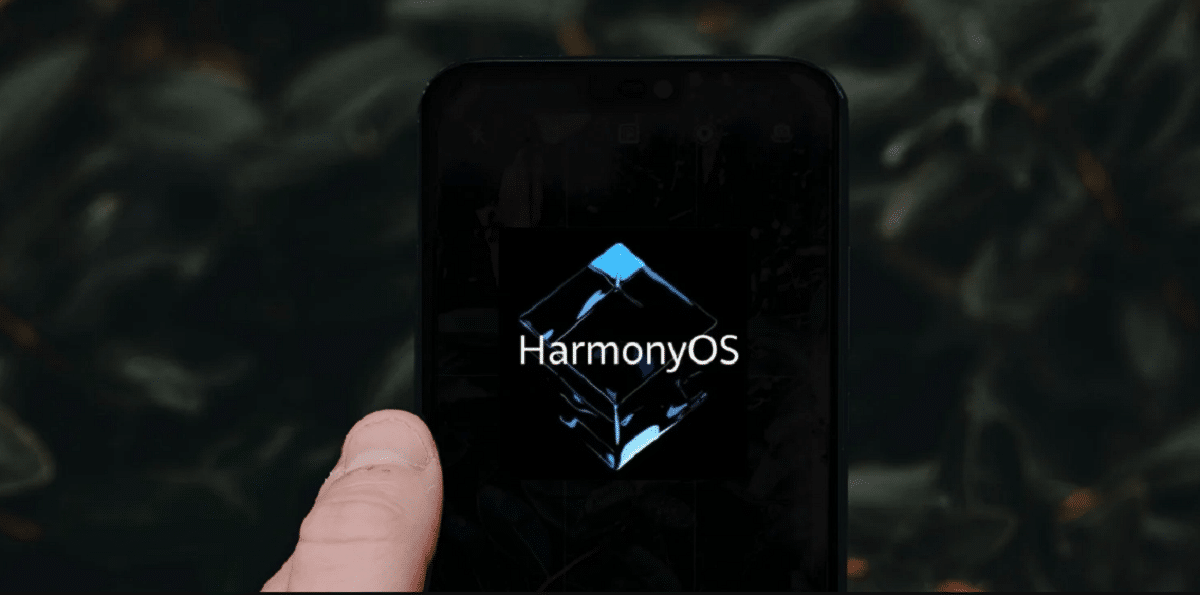
In HDC 2020, Huawei unveiled through an announcement the expansion of plans for the new operating system you have been working on "Harmony OS" announced last year.
In addition to the originally announced portable devices and Internet of Things (IoT) products such as displays, wearable devices, smart speakers, and car information systems, the operating system being developed it will also apply to smartphones.
The SDK tests to develop mobile apps for Harmony will start at the end of 2020, and the first smartphones based on the new operating system are scheduled to be launched until the last quarter of next year, that is, if things go well we can see the results in October 2021.
It is emphasized that eThe new OS is now ready for IoT devices with RAM from 128KB to 128MB and it was working so that in April 2021 it will start promoting the option for memory devices from 128MB to 4GB and in October for devices with more than 4GB of RAM.
Recall that the Harmony project has been in development since 2017 and is a microkernel operating system that can be seen as a competitor to Google's Fuchsia operating system.
The platform will be published in source code as a fully open source project with independent management (Huawei is already developing open LiteOS for IoT devices).
The platform code will be donated to the China Open Atomic Open Source Foundation, a non-profit organization.
Huawei believes that Android is not that good for mobile devices due to the unnecessarily large amount of code, outdated process scheduler, and platform fragmentation issues.
Within the detailed features of Harmony OS, are the following:
- The core of the system is verified at a formal logic / math level to minimize the risk of vulnerabilities. The verification was performed using methods that are commonly used in critical system development in areas such as aviation and astronautics, and can achieve EAL 5+ security level compliance.
- The micronucleus is isolated from external devices. The system is decoupled from hardware and allows developers to create applications that can be used on different categories of devices without creating separate packages.
- The microkernel just implements the scheduler and IPC, and everything else is carried over to the system services, most of which run in user space.
- As a task scheduler, a deterministic latency engine is proposed, which analyzes the load in real time and uses methods to predict the behavior of the application. Compared to other systems, the scheduler achieves a 25,7% reduction in latency and a 55,6% reduction in latency jitter.
- To provide communication between the microkernel and external kernel services such as the file system, network stack, drivers, and application launch subsystem, IPC is used, which according to the company is five times faster than IPC in Zircon and three times faster than IPC in QNX.
- Rather than the commonly used four-layer protocol stack to reduce overhead, Harmony employs a simplified single-layer model based on a distributed virtual bus that communicates with equipment such as displays, cameras, sound cards, and the like.
- The system does not provide user access at the root level.
- The application is built with its own Arc compiler, which supports C, C ++, Java, JavaScript, and Kotlin code.
In addition, to be able to create applications for various classes of devices, such as televisions, smart phones, smart watches, car information systems, etc., Huawei mentions that it will provide a universal framework for developing interfaces and SDK with an integrated development environment.
The toolkit will automatically adapt the applications for different screens, controls and user interaction methods. It also mentions the provision of tools for Harmony to adapt existing Android apps with minimal changes.
Source: https://www.xda-developers.com